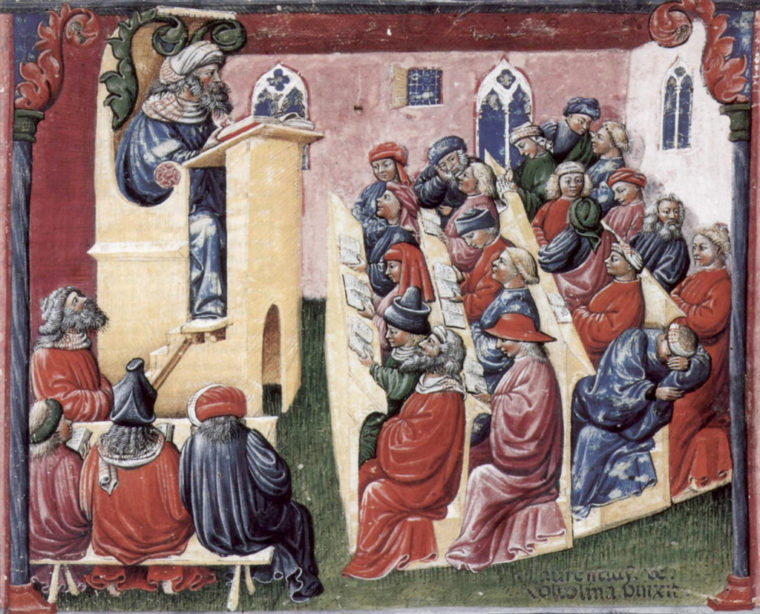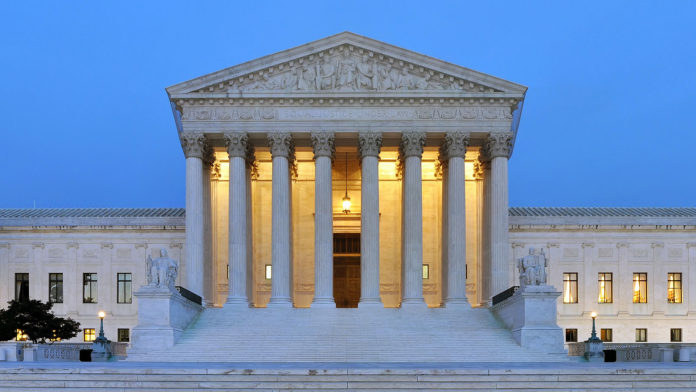The initial reaction to my new book, How to Get Tenure: Strategies for Successfully Navigating the Process, has been enthusiastic and I am excited for its publication. Several people have asked me about the purpose of the book and what all I discuss in it. The tenure process can be such a mysterious black box that there was a great deal of ground to cover with the book. For today’s post, I thought it would be helpful to share an excerpt from the Preface that gives some more details about the book and what I discuss in the various chapters.

Photo credit: thierry ehrmann
The tenure process can vary dramatically based on the type of institution (i.e. a teaching or research university), the nature of the discipline, the culture of the academic department, and personal circumstances. I have written this book to be broadly applicable to faculty pursuing tenure in any college or university. Where differences may occur based on particular circumstances, I note these and provide some ideas for the reader to determine what is most appropriate in a particular case. The examples used throughout this book are drawn from research conducted in many different contexts, as well as from my own experiences. As the reader, you will be best able to apply the ideas in this book when considering your local context and the peculiarities of your own path to tenure.






